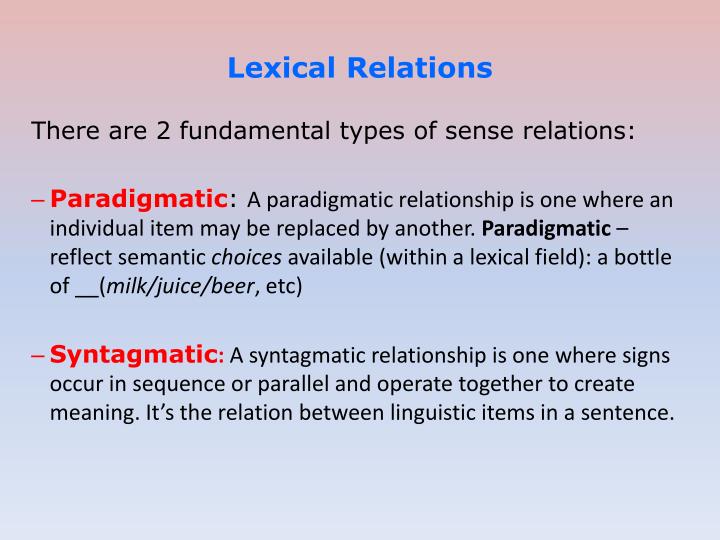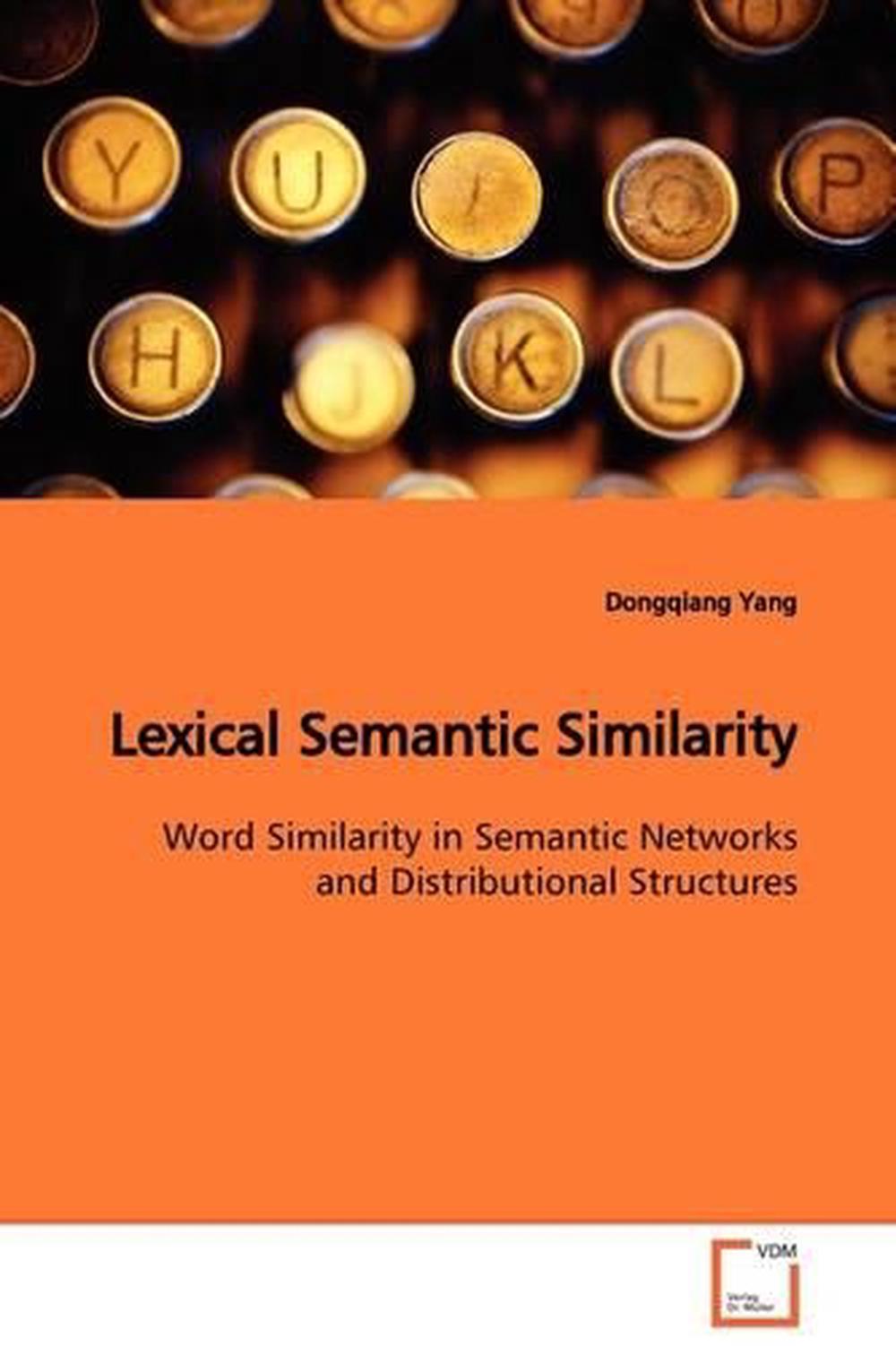

The majority of the percentages are below 80 percent…despite these low apparent cognate percentages, Ngaing language area and stated that “the percentages between the Ngaing villages are rather low…. In line with that observation, in 1994, John Brownie, Anne Dondorp and Lynn Landweer conducted a survey of the The Rai Coast area is often rather low, even between varieties that are mutually intelligible. However, according to Hodgkinson, lexical similarity in Similar, since they are both in the Gusap-Mot language family and many Neko and Nekgini speakers report that they are actually the same language. It is particularly surprising that Neko and Nekgini are on average only 61 percent Lexical similarity, both between languages and between villages within each language, is Lexical similarity according to the average link method. Using the average link method Grimes 1995:69–73, the lexical similarity between villages in the Yabong, Migum, Nekgini and Neko language areas is as shown in figure 2.įigure 2. Unlikely that they could be served by literature in the Ngaing language. Nekgini Neko Migum Yabong As seen in this table, Ngaing shares very little similarity with any of these languages. Average percent of similarity between Ngaing and neighbouring languages Ngaing Of Ngaing to the Yabong, Migum, Nekgini and Neko languages.

The Ngaing wordlist shown in table 34 was elicited in 1994 by Anne Dondorp. With a wordlist from the Ngaing language, using the method described in section 4.2. Neko Migum Yabong The fourteen wordlists from the Yabong, Migum, Nekgini and Neko languages were also compared Percent of similarity according to McElhanon Migum See appendix A.7 for a table of lexical similarity between all villages surveyed. The percentage of similarity according to McElhanon. Each wordlist had between 47 and 128 words, and McElhanon compared the words using Gudschinsky’s “inspection method” Claassen and McElhanon 1970:47. McElhanon 1970:48–49 compared wordlists from the Yabong, Migum, Average percent of similarity between Yabong, Migum, Nekgini and Neko Migum Warai The following table shows the average percentage of lexical similarity between languages. Percent of similarity between Neko villages Percent of similarity between Nekgini villages Sorang Percent of similarity between Migum villages Lamtub Percent of similarity between Yabong villages Baraking

Tables 24 through 27 show the percentage of lexical similarity between individual villages within each language. No further statements can be made regarding stress, as it was not Hodgkinson notes that in Masi, Bidua and Basor villages Yabong language area stress always occurs on the second syllable.


 0 kommentar(er)
0 kommentar(er)
